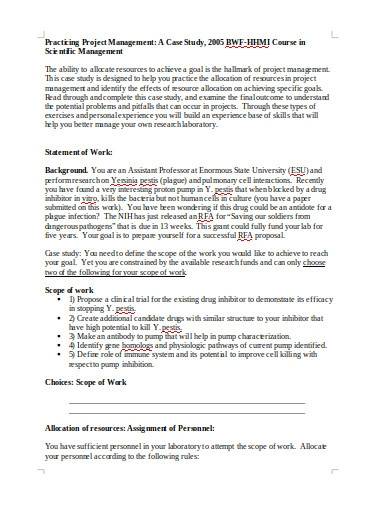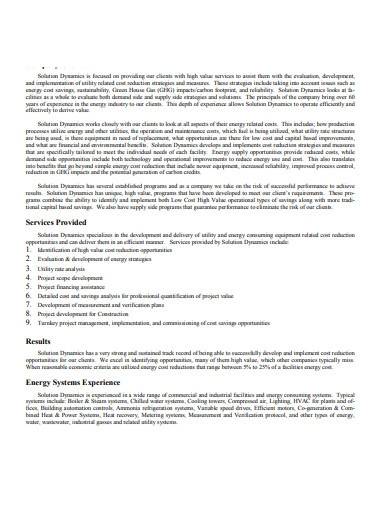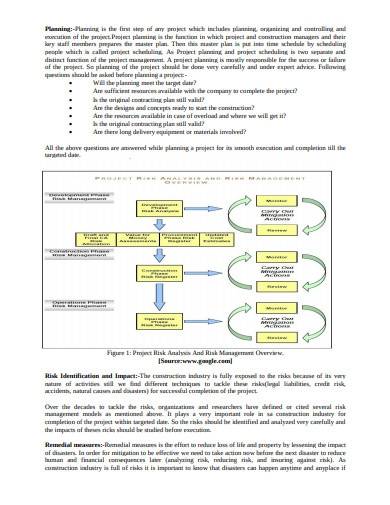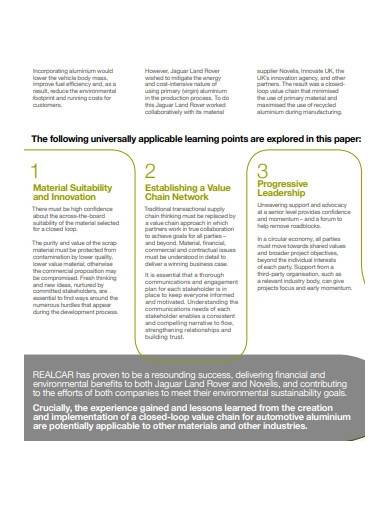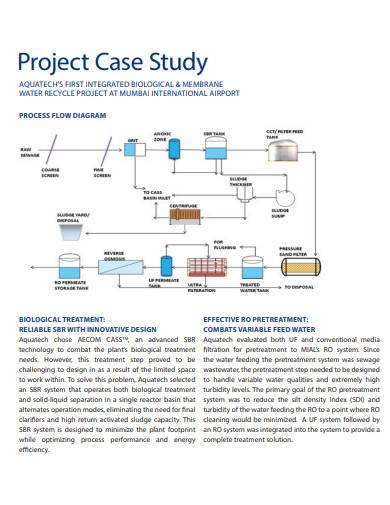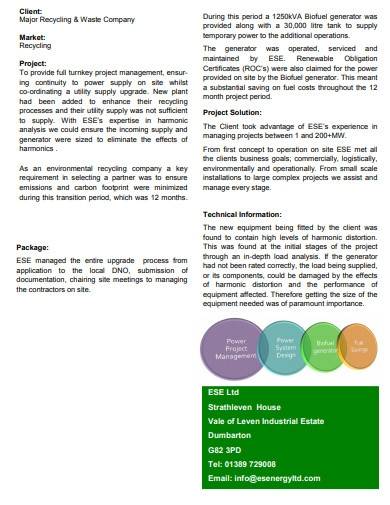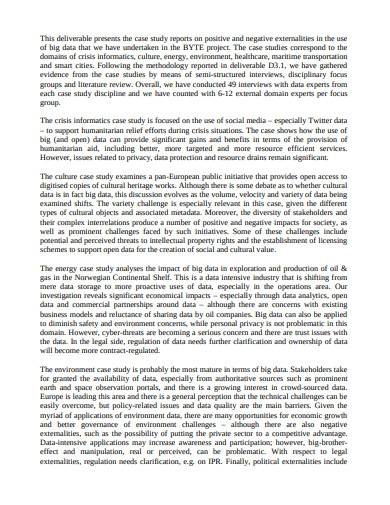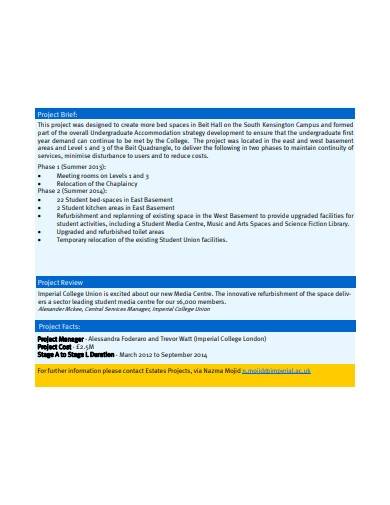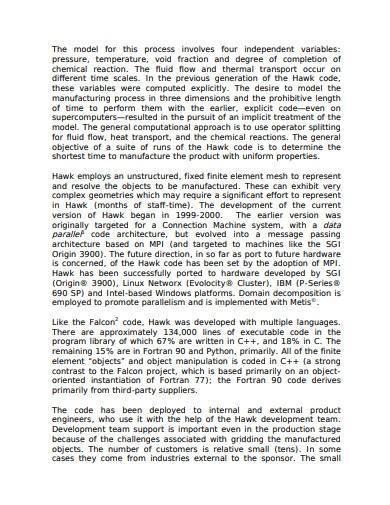Project case studies are a powerful way to learn and improve in project management. By examining successful and unsuccessful projects, project managers can gain valuable insights into what works and what doesn’t. This knowledge can then be applied to future projects, helping to ensure success and avoid pitfalls. For example, a project case study might reveal that effective communication and stakeholder engagement were critical factors in a successful project, highlighting the importance of these elements in future projects.
FREE 10+ Project Case Study Samples & Templates in MS Word | PDF
1. Project Management Case Study Template
2. Energy Project Case Study Template
3. Sample Highway Project Case Study
4. Sample Project Case Study
5. Water Project Case Study Template
6. Client Project Case Study
7. Technology Project Case Study Template
8. Formal Project Case Study Template
9. Project Case Study Overview Sample
10. Development Project Case Study Sample
11. Sample Design Project and Case Study
What is Project Case Study?
Project case studies are valuable tools in project management, as they provide real-life examples of how projects are executed from start to finish. A project case study is a detailed analysis of a specific project, outlining its objectives, processes, challenges, outcomes, and lessons learned. This essay will discuss the importance of project case studies and their benefits in project management.
How To Make Project Case Study?
A typical project case study would include information about the project’s scope, timeline, budget, stakeholders, risks, resources, and communication strategies. It would also describe how the project team managed issues and changes, tracked progress, and evaluated success. Making a project case study involves several steps, including planning, conducting research, analyzing data, and presenting the findings. Here is a step-by-step guide on how to make a project case study:
Step 1- Define Objectives
Determine the purpose of the case study and the questions you want to answer. For example, what were the project goals, what were the key challenges, what were the outcomes, and what were the lessons learned? Select a project that is relevant to your objectives and has sufficient data available for analysis. It is also important to choose a project that represents a typical project for your organization or industry.
Step 2- Conduct Research
Gather all the relevant information about the project, including the project plan, timeline, budget, and scope. Collect data on the project’s performance, such as progress reports, stakeholder feedback, and project metrics. You may also need to interview project team members and stakeholders to gather additional insights. Organize the data and analyze it to identify patterns, trends, and insights. Use analytical tools such as charts, tables, and graphs to visualize the data and highlight key findings.
Step 3- Summarize
Summarize the key findings of the case study in a concise and clear manner. Present the findings in a logical and coherent sequence, highlighting the most important insights. Draw conclusions from the findings and make recommendations for future projects. Identify the key success factors and the areas where improvements can be made.
Step 4- Present Case Study
Present the case study in a format that is easy to understand and visually appealing. Use graphics, images, and diagrams to illustrate the findings and make the case study more engaging.
What are the benefits of using project case studies?
Project case studies can help project managers learn from past experiences, improve project outcomes, and share knowledge and best practices with project teams. They can also be used to evaluate project performance and identify areas for improvement.
What are some tips for presenting a project case study?
When presenting a project case study, it’s important to make it visually appealing and easy to understand. Use graphics, images, and diagrams to illustrate the findings and highlight the key insights. Present the case study in a logical and coherent sequence, and use a clear and concise writing style.
What are the key elements of a project case study?
The key elements of a project case study include the project’s objectives, processes, challenges, outcomes, and lessons learned. It should also include information about the project’s scope, timeline, budget, stakeholders, risks, resources, and communication strategies.
In conclusion, project case studies are an essential tool in project management. They provide valuable insights into what works and what doesn’t, allow project teams to share knowledge and best practices, and can be used to evaluate project performance and identify areas for improvement. By studying project case studies, project managers can learn from past experiences, optimize future projects, and ensure success.
Related Posts
FREE 10+ Content Validity Samples & Templates in PDF
FREE 10+ Construct Validity Samples & Templates in MS Word | PDF
FREE 10+ Code of Human Research Ethics Samples & Templates in MS Word | PDF
FREE 10+ Biography Research Report Samples and Templates in PDF
FREE 10+ System Documentation Samples & Templates in MS Word | PDF
FREE 10+ Process Document Samples & Templates in MS Word | PDF
FREE 10+ Action Research Samples & Templates in PDF
FREE 10+ Longitudinal Research Samples & Templates in PDF | MS Word
FREE 10+ Causal Research Samples & Templates in MS Word | PDF
FREE 10+ Client Discovery Samples & Templates in MS Word | PDF
FREE 10+ Null Hypothesis Samples & Templates in MS Word | PDF
FREE 9+ Product Knowledge Samples & Templates in PDF
FREE 10+ Software Documentation Samples & Templates in MS Word | PDF
FREE 10+ Exploratory Research Samples & Templates in PDF | MS Word
FREE 10+ Experimental Research Samples & Templates in MS Word | PDF

